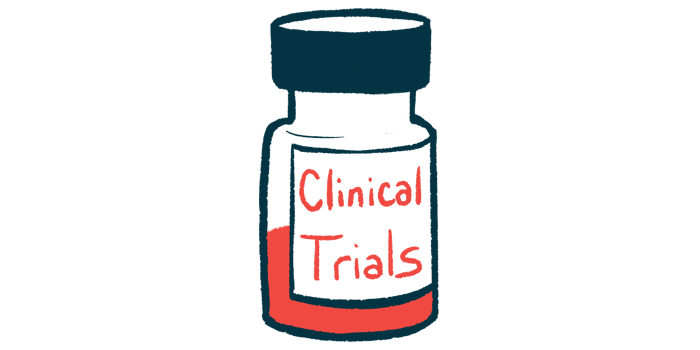Under-the-skin Sarclisa found as effective as approved formulation
Trial results suggest new delivery option for treatment-resistant patients

A subcutaneous, or under-the-skin, formulation of Sarclisa (isatuximab) is just as effective as the approved intravenous (into-the-vein) version of the therapy at controlling treatment-resistant multiple myeloma, according to the findings of an ongoing Phase 3 clinical trial.
Results from that study, dubbed IRAKLIA, were announced by Sarclisa’s developer Sanofi, with the company noting that the trial testing the new treatment formulation met its main goals, or coprimary endpoints.
“The consistent overall response rate and comparable efficacy and safety profile observed in the IRAKLIA study for subcutaneous Sarclisa represent an exciting advancement, offering insight into a potential new administration option for patients,” Sikander Ailawadhi, MD, principal investigator of the trial at Mayo Clinic Florida, said in a Sanofi press release.
The company is planning to file regulatory submissions for this new formulation of Sarclisa in the U.S. and in the European Union during the first half of the year, per the release.
Sarclisa works to kill myeloma cells by targeting CD38, a protein that’s heavily expressed by these cancer cells. In the U.S., it has been approved since 2020 for the treatment of relapsed or refractory multiple myeloma. The original approval covered Sarclisa in combination with Pomalyst (pomalidomide) and dexamethasone, though other regimens have also won approval more recently.
Sanofi tested subcutaneous Sarclisa formulation in Phase 3 study
The approved Sarclisa formulation is given intravenously, by an infusion into the bloodstream at a dosage based on a person’s body weight. While approved in more than 50 countries, per Sanofi, the therapy does require administration by a healthcare provider.
To ease this treatment burden, Sanofi is developing a novel formulation that’s given subcutaneously, or under the skin, using an on-body delivery system — a device that patients can wear or bring with them as they go about day-to-day life. In theory, this system could mean patients have to spend less time sitting for infusions.
“Being able to possibly bring a novel option that helps reduce time in a healthcare facility is driven by our patient and provider-centric mindset,” said Houman Ashrafian, MD, PhD, executive vice president and head of research and development at Sanofi.
The results from IRAKLIA, in patients with relapsed or refractory multiple myeloma, support the potential of an on-body delivery system to help ease the delivery of a new formulation without impacting patient outcomes.
The Phase 3 trial IRAKLIA (NCT05405166) enrolled more than 500 people with multiple myeloma who had failed to respond to, or progressed following, at least one prior line of treatment. The participants were randomly assigned to receive the subcutaneous or intravenous formulation of Sarclisa in combination with Pomalyst and dexamethasone. In both groups, Sarclisa was given in 28-day cycles: four weeks for the first cycle, then two weeks for each subsequent cycle.
The study’s main goal was to see if the subcutaneous formulation is at least as good as the approved intravenous version at preventing myeloma progression and delivering comparable amounts of the active drug to the body. Sanofi announced that the study hit this goal.
According to Ailawadhi, “the results from IRAKLIA, in patients with relapsed or refractory multiple myeloma, support the potential of an on-body delivery system to help ease the delivery of a new formulation without impacting patient outcomes.”
Sanofi did not provide specifics as to how many patients responded to treatment, noting that further details about the results will be made available in the future.
Ashrafian said the company “[looks] forward to sharing full results and working to bring this new advancement to the multiple myeloma community.”







